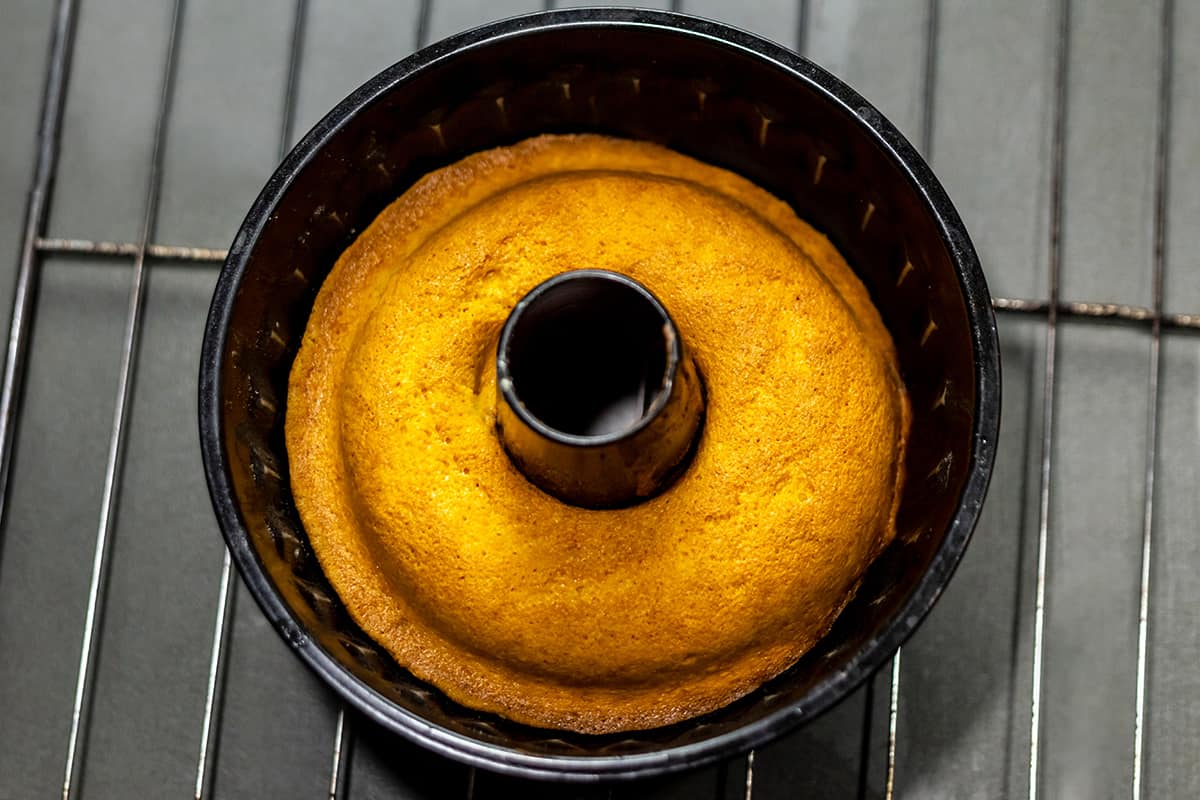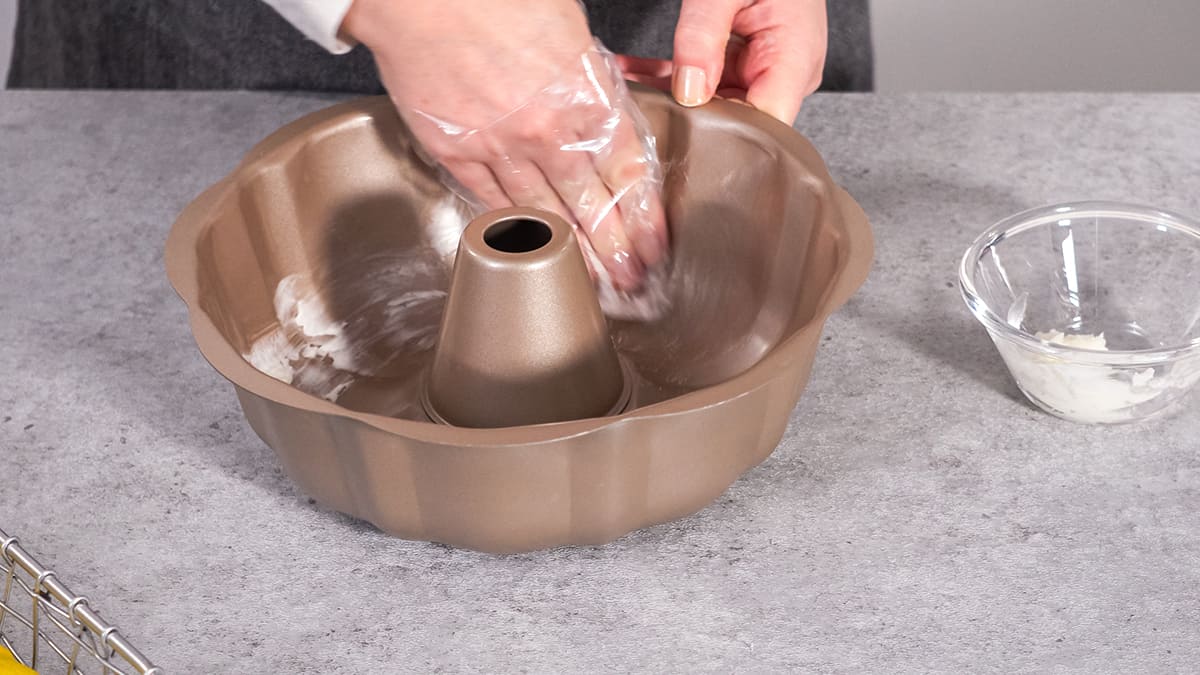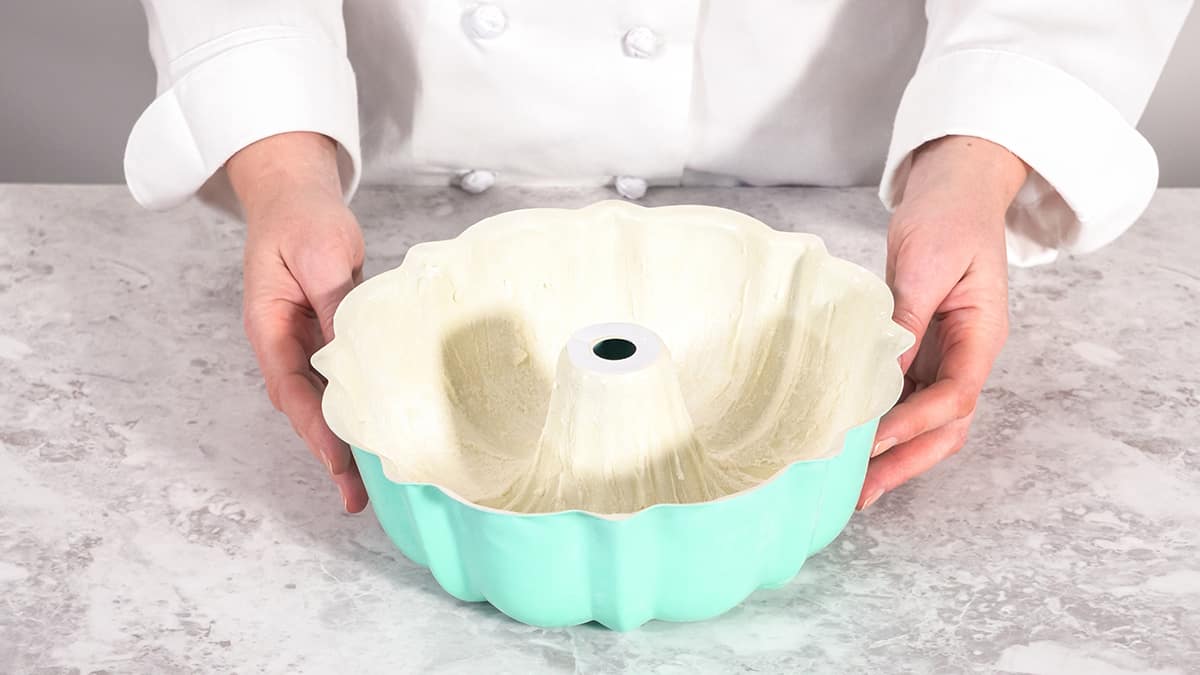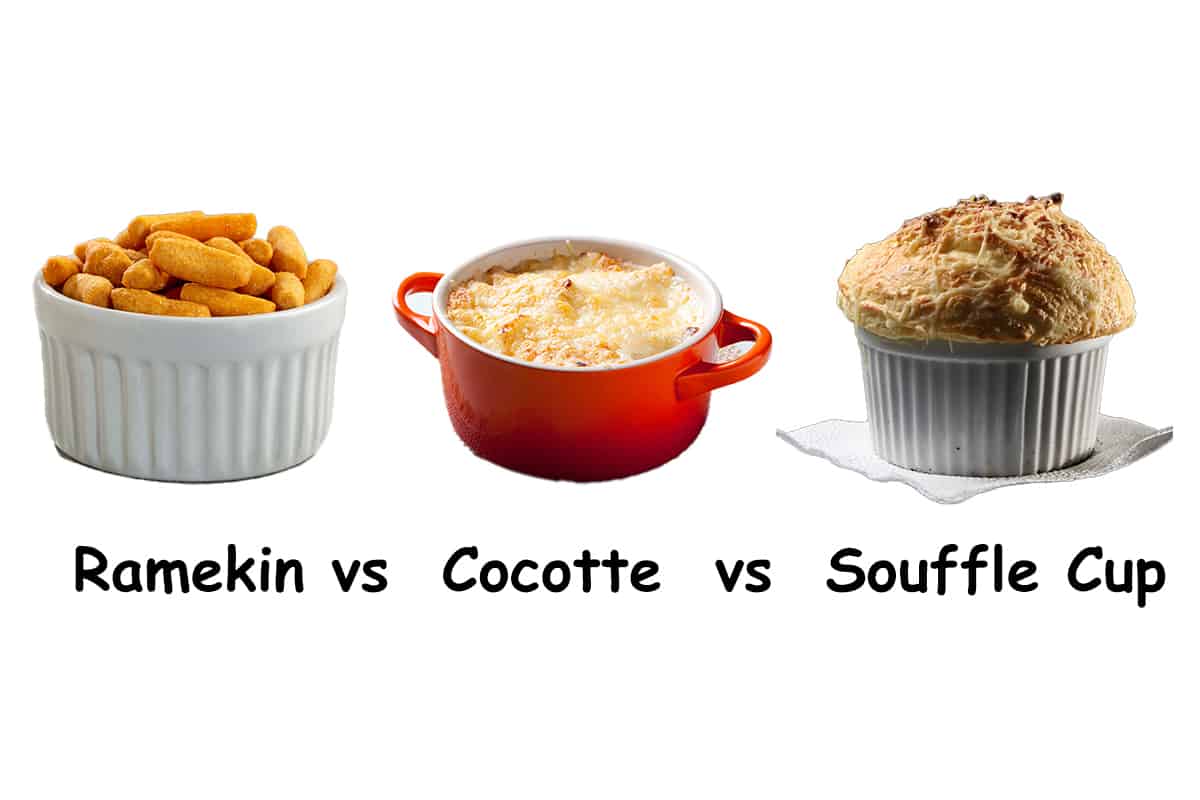Experienced bundt cake bakers know that these types of cakes take longer to bake than most. That is because the type of batter best suited to use in bundt pans tends to be heavier and denser, and therefore requires more cooking.
The length of time your bundt cake needs to spend in the oven will depend primarily on the size of the pan. A standard 12-cup bundt pan will take around 45 minutes to cook, but it’s not unusual for bundt cakes to need over an hour in the oven.
Bundt Cake Cooking Time

The type of cake you are cooking is, of course, going to determine how long the bundt cake needs to be baked for, but if you are using a heavy batter as recommended, then the cooking time is going to be more heavily dictated by the size of your bundt pan.
A standard bundt pan will be suitable for cooking a 12-cup batter, and this size of bundt cake can take anywhere between 35 to 55 minutes to bake. The heavier the batter, the longer the cooking time you can expect, so for pound cakes and similar recipes, you should be looking at the higher end of the scale closer to 55 minutes.
Most bundt cake recipes recommend an oven temperature of 350°F, with the pan being placed on the middle shelf. After baking the bundt cake for 45 minutes, check on it and perform the toothpick test. This involves poking a toothpick into the cake to assess whether it has finished baking.
If the toothpick emerges from the cake clean, or with crumbs stuck to it, then the cake is ready to come out of the oven. If the toothpick has some wet batter on it, then the cake needs longer to bake. If you have to bake the bundt cake for longer, check on it subsequently every five minutes and repeat the toothpick test with a clean toothpick.
Which Cake Recipe is Best for a Bundt Pan?
A bundt cake is defined by the pan it is cooked in, rather than the type of cake recipe you use. Technically, any type of cake can be a bundt cake if you cook it in a bundt pan.
For example, you could bake a lemon sponge, a coffee pound cake, a strawberry cake, a red velvet cake, or a chocolate cake in a bundt pan, and they would all be classed as bundt cakes. Although there are no rules about the type of cake recipe you use in your bundt pan, there are some types of cake that are better suited for bundt pans than others.
Bundt pans are known for their intricate molds. They will always have a hollowed-out central spike, which results in the cake taking on a doughnut shape, and they are usually, though not always, a general round shape. Classic bundt pans will have ridged or fluted walls, but if you are looking for something more elaborate you won’t be stuck for choice.
Bundt pans come in a wide range of shapes, including heritage and novelty styles. Since it is the shape of a bundt pan that dictates whether or not a cake is a bundt cake, you might think that any cake recipe can be used in a bundt pan. While this is technically true, professional bundt bakers know that it is best to stick with heavier cake recipes when using bundt pans.
Light sponges such as those you buy in a premade cake mix, are too delicate and airy to be able to come out of a bundt pan in one piece. If you want to ensure success when making a bundt cake, then more dense cakes such as pound cakes will be much more likely to remain whole when being removed from an intricate bundt pan.
Tips for Successful Bundt Cake Baking
Choose your recipe wisely
There are many ways you can improve your likelihood of success when baking a bundt cake, but choosing the best type of recipe is essential. If the cake recipe is too light, then it is unlikely to hold itself together when coming out of the bundt pan, resulting in a cake that falls to pieces.
You should also avoid adding fruit to your bundt cake recipe because these tend to release natural sugars when cooking, which encourages them to stick to the sides of the pan. Simple recipes are best for use in bundt pans, where you can allow the finished shape to be the focal point rather than the flavor of the cake.
Grease your pan properly
A properly greased bundt cake pan is going to drastically increase your chances of getting the cake out in one solid piece. Use melted shortening or oil to grease your bundt pan right before you pour the batter in. This helps to limit the chance the grease has sinks to the bottom of the pan.
Avoid using butter because this has a milk content which will actually increase the likelihood of the cake batter sticking to the sides of the pan. After greasing, some bundt bakers recommend flouring the pan. To do this, lightly sprinkle flour over the grease and then turn the pan upside down and give it a gentle tap to remove any excess flour.
The flour gives the cake batter something to grip to instead of gripping to the sides of the pan, helping it slide out more easily once baked.
Bake with patience
Bundt cakes take longer to bake than most regular cakes because they are denser. Smaller bundt cakes may bake in as little as 35 minutes, but it is more typical that a bundt cake will take 50 minutes to an hour. Larger bundt pans will take longer to cook the batter, and it’s important to be patient so that the cake bakes thoroughly and evenly.
Cool before flipping
Once the bundt cake is baked, bring it out of the oven to cool on a wire rack. The cake will continue to cook from the residual heat, so don’t try to remove it from the pan just yet. These types of cakes tend to slide out of their pans more easily when they have cooled slightly, but not completely.
Try flipping your cake out of its pan once it has cooled for 15 minutes on a wire rack. If it doesn’t come out easily, tap the sides to encourage it, or leave it tipped over for an extra ten minutes so that gravity can do its job. After this time, the cake should come out of the pan with some gentle encouragement on the sides.
Cool before decorating
One of the great things about bundt cakes is that they look impressive even without any icing or decoration, but if you want to add some extra features to your bundt cake then you can once it has cooled. The cake will need to have reached room temperature before you add any icing, otherwise, the heat from the cake will cause the icing to become gooey and drip down the sides of the cake.






